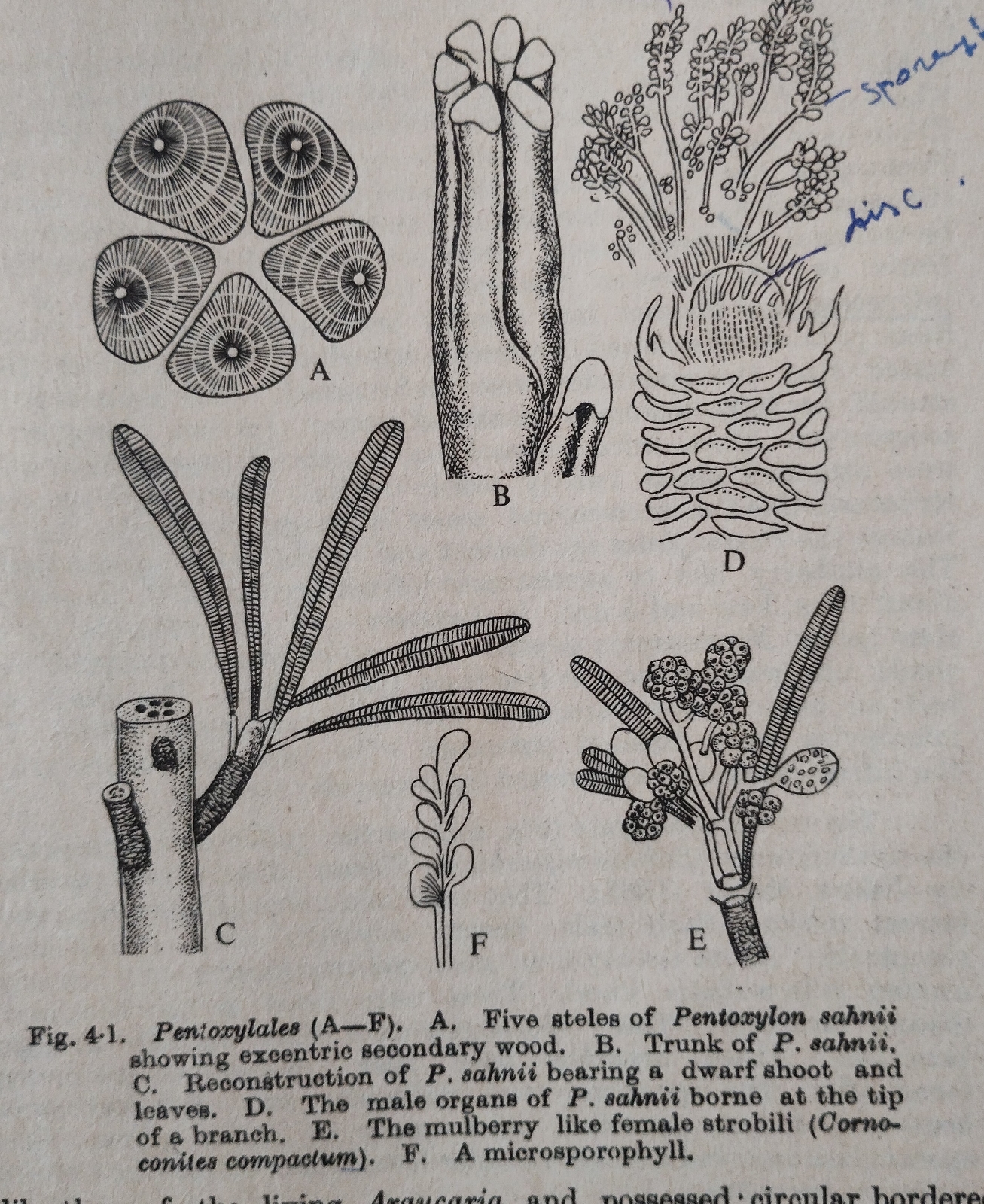Range of thallus structure in Algae
Range of thallus structure in Algae
Algae show unicellular to multicellular, simple to complex, few micron (1×1.5) to very large sized thallus organisition (60 - 80 Mt). There are six types of algal thallus:
(1) Unicelluler thallus :
The thallus is made up of only one cell. The thallus may or may not be motile .
(i) Motile form : They possess either rhizopod or flagella . In rhizopodal one the rigid cell wall is absent , so many amoeboid projections help in motility e.g.; Chrysamoeba of Chrysophyceae. In the members of Chlorophyceae , the flagella length equal,e.g.,Chlamydomonas , but in case of Xanthophyceae or in Dinophyceae flagella length are unequal, e.g., Peridium.
(ii) Non-motile form :In case of Spirulina of Cyanophyceae the only cell of the thallus is spiral but ,in case of Chorella, Gloeocapsa ,etc of Chlorophyceae the cell is spherical .
(2) Multicellular colonial coenobium like thallus : A definite number of unicellular units connected to each other to form a colonial thallus having definite shape called coenobium which may be motile e.g. Volvox (Chlorophyceae), Gonyaulax
(Dinophyceae), etc.
(3) Multicellular colonial aggregated form: The number of the cells in the colony is indefinite but the aggregation is irregular. These are of three types :
(i) In Palmelloid type a group of few nonmotile cells remain embedded in amorphous gelatenous or in mucilage matrix .e.g. Chlamydomonas.
(ii) In Dendroid form ,microscopic plant body appears tree like. e.g., Prasinocladus, Ecballocystopis, etc.
(iii) In Rhizopodial type cells are attached to each other by rhizopodia. e.g.Chrysidiastrum.
(4) Filament like thallus : The constituting cells attached end to end , thus uniseriate branched or unbranched thallus is formed . A large number of Chlorophyceae like Spirogyra, Ulothrix, Oedogonium, etc and Nostoc, Oscilatoria etc. of Cyaanophyceae exhibit the unbranched uniseriate filament. The uniseriate branched filamentous structure are of three types :
(i) In the simple form branch may arise from any cell of the thallus,but not from the basal cell.e.g.; Cladophora
(ii) In the Heterotrichous type many erect uniseriate filaments arise from the prostrate filament.e.g.; Ectocarpaus
(iii) In case of Siphonous form the filament is non-septate and coenocytic having branches.e.g.; Vaucheria.
(5) Pseudoparenchymatous type : One or more axial filaments in close juctaposition gives an uniaxial form (Batrachospermum ) or a multiaxial thallus e.g., Chodium , ,Chondrus ,etc. the thallus is multiaxial pseudoparenchymatous.
(6) In case of the Parenchymatous thallus numerous septation in the filament make it large sized thallus.e.g.; Laminaria, Sargassum, Porphyra etc.



Comments
Post a Comment